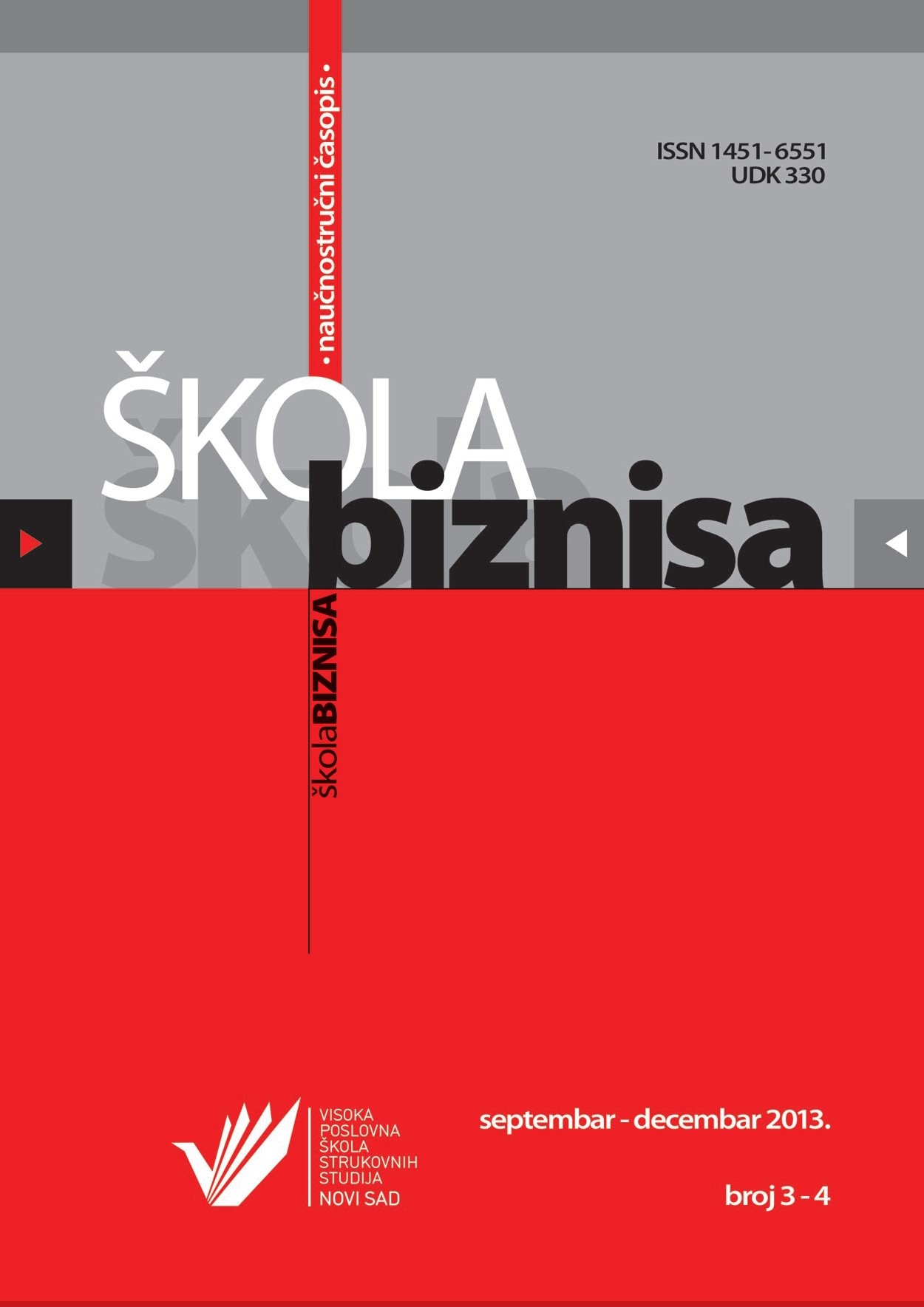FISCAL SYSTEM OF THE REPUBLIC OF SERBIA IN THE EU ACCESSION PROCESS
Abstract
Differences in the fiscal system and the elements of certain taxes in the EU member states, countries- pretenders and candidate countries, lead to the barriers to the free movement of factors of production and transport. This leads to fiscally induced distortion, while reducing the efficient allocation of resources, and resulting in the fragmentation of the market and the different forms of economic inefficiency. Analysis of the different paths of fiscal integration on which the European Union relies, points to a controversy in the ways of fiscal integration. On the one hand, tax neutrality and efficiency require a high degree of fiscal harmonization and on the other hand, the principle of subsidiarity means that each member state retains independence in taxation, and is therefore entitled to fiscal competition. The fiscal system of Serbia is very diversified and complicated, and requires further simplification of the tax system and reduction of the large number of fiscal instruments and a greater degree of decentralization in accordance with the principle of subsidiarity, proclaimed in the European Union.
References
Jovanović, A. (2008). Fiskalna harmonizacija u Evropskoj uniji. Niš: Ekonomika-Sven.
Lovre, I. (2008). Uporedna analiza politike i prakse Evropske centralne banke i Narodne banke Srbije“, Škola biznisa, 4.
- Authors retain copyright and grant the journal right of first publication with the work simultaneously licensed under a Creative Commons Attribution License that allows others to share the work with an acknowledgement of the work's authorship and initial publication in this journal.
- Authors are able to enter into separate, additional contractual arrangements for the non-exclusive distribution of the journal's published version of the work (e.g., post it to an institutional repository or publish it in a book), with an acknowledgement of its initial publication in this journal.
- Authors are permitted and encouraged to post their work online (e.g., in institutional repositories or on their website) prior to and during the submission process, as it can lead to productive exchanges, as well as earlier and greater citation of published work (See The Effect of Open Access).

